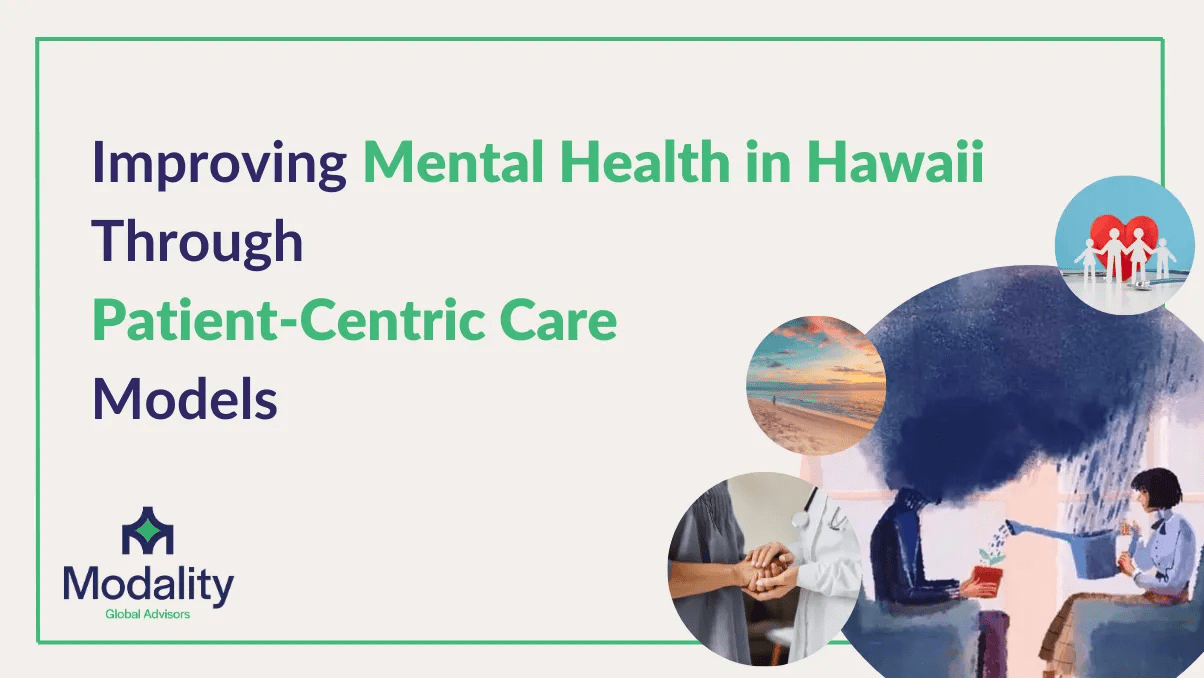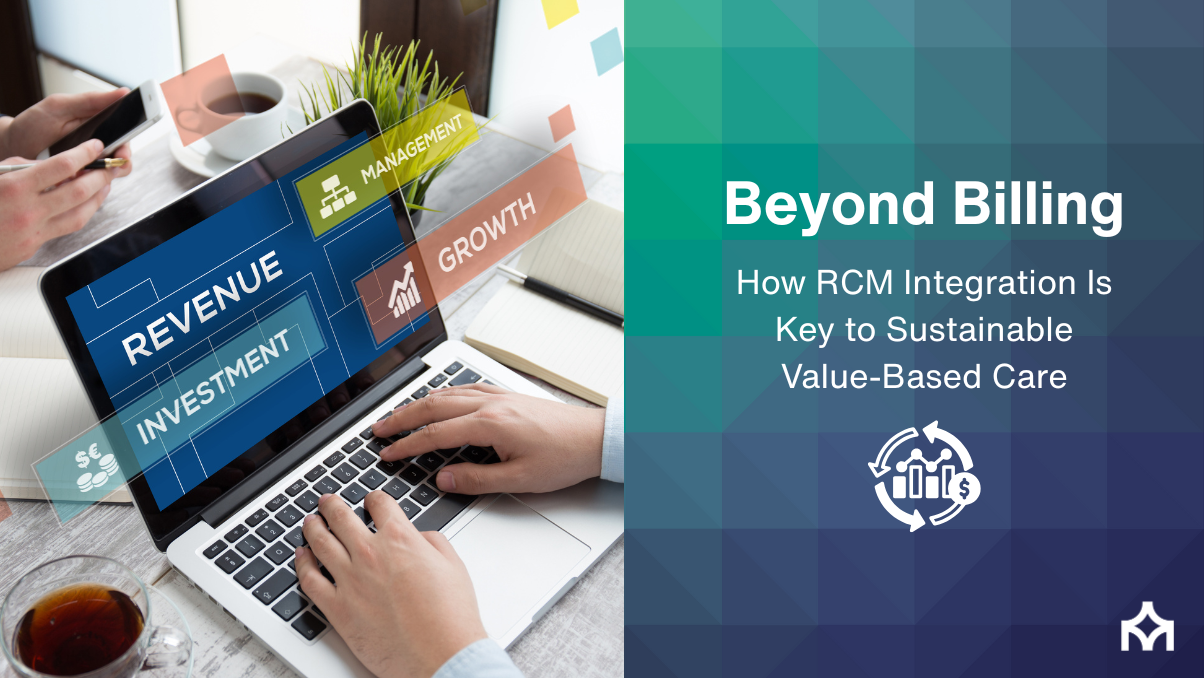Improving Mental Health in Hawaii Through Patient-Centric Care Models
Patient-Centric Mental Health in Hawaiʻi: Culturally Grounded, Data-Driven, and Accessible
Hawaiʻi faces a complex mental health challenge shaped by geography, workforce shortages, and cultural stigma. A patient-centric model—grounded in community, culture, and data—can close access gaps and improve outcomes across islands.
Why Traditional Models Fall Short
- Access & distance: Rural islands face provider shortages and long travel times for care.
- Fragmented funding & FFS incentives: Volume over value leaves prevention and follow-up under-resourced.
- Cultural stigma: Undermines early help-seeking, especially among Native Hawaiian & Pacific Islander communities.
- Social stressors: Housing costs, food insecurity, and isolation amplify anxiety, depression, and substance use.
The Patient-Centric Blueprint for Hawaiʻi
Culturally Responsive Care
Integrate traditional healing (e.g., lāʻau lapaʻau, lomilomi), ʻohana-centered supports, language access, and culturally matched providers.
Access by Design
Telebehavioral health, mobile clinics, school-based services, and evening/weekend hours reduce travel and wait times across islands.
Whole-Person Supports
Screen for SDOH (housing, food, transport). Link to community resources, peer support, and digital CBT to sustain progress.
From Volume to Value
- Outcomes over visits: Tie payment to remission rates, engagement, follow-up after ED, and reduced avoidable admissions.
- Team-based models: PCP + BH integration (collaborative care), care coordinators, peer specialists, and school counselors.
- Measurement-based care: Routine PHQ-9, GAD-7, AUDIT-C with stepped-care protocols and e-PROMs.
Data & Digital: Reaching Every Island
- Risk stratification: Use claims + EHR + SDOH to flag high-risk cohorts (youth, kupuna, perinatal, SUD).
- TeleBH & e-consults: Expand virtual therapy, psychiatry consults, and asynchronous support where bandwidth is limited.
- Care navigation: SMS reminders in preferred language; app-based scheduling; transportation vouchers.
- Privacy & trust: HIPAA-compliant platforms, informed consent, and opt-in data sharing with community partners.
How Modality Global Advisors Supports Hawaiʻi
- Place-based strategy: Co-design patient-centric models with local health centers, schools, and Native Hawaiian organizations.
- Digital enablement: Deploy telebehavioral platforms, collaborative-care registries, e-PROMs, and navigation tools tailored to island bandwidth realities.
- Value-based contracting: Align payers and providers on BH quality measures, equity incentives, and behavioral health integration.
- Workforce & training: Upskill PCPs in brief interventions; build peer specialist pipelines; cultural humility curricula for all staff.
- Analytics & equity dashboards: Monitor outcomes by island, ethnicity, age, and SDOH to close gaps responsibly.
Explore a Hawaiʻi Patient-Centric MH Blueprint
Note: Effective programs braid funding (Medicaid, grants, schools), embed cultural practices, and measure outcomes transparently with community partners.






